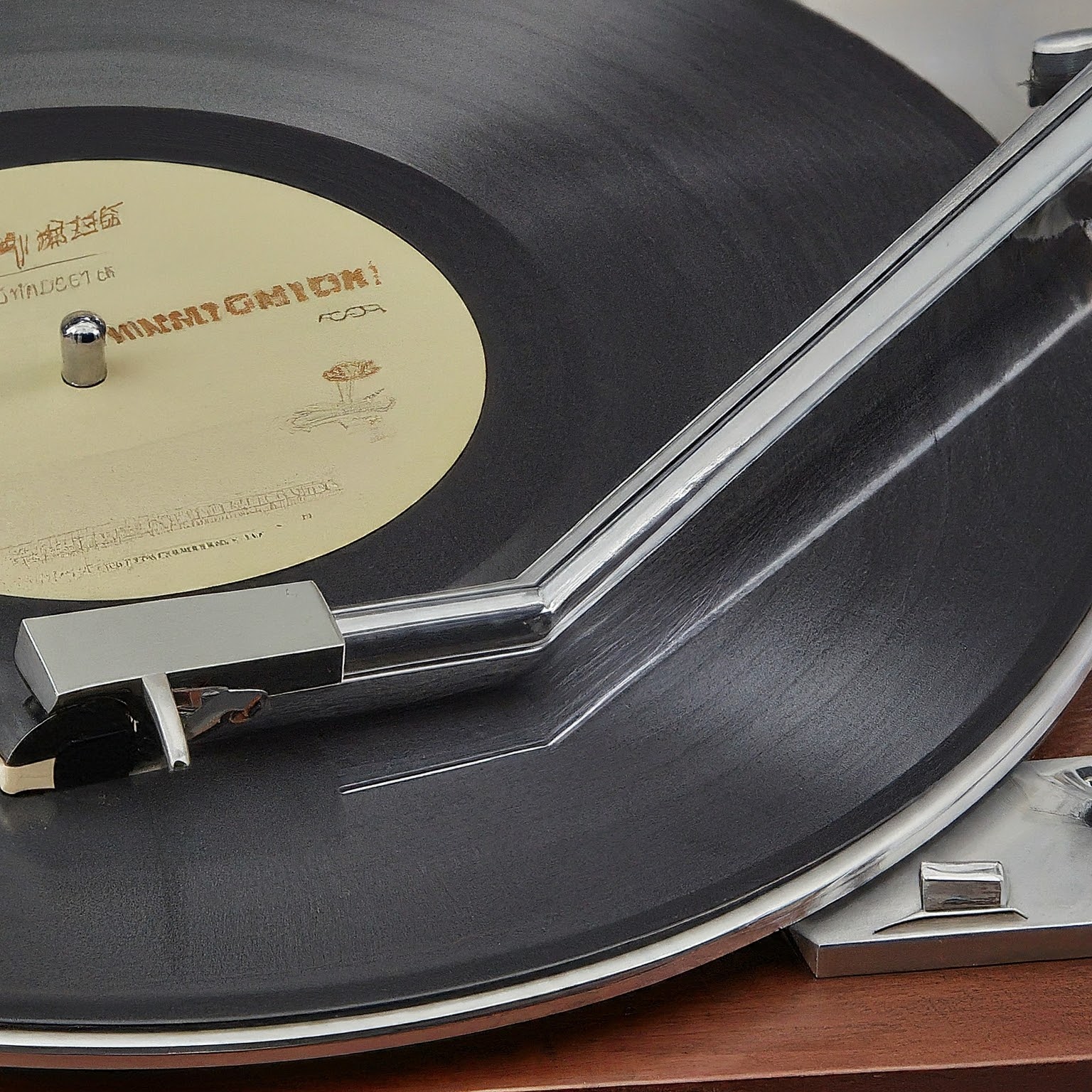About the Author:
I’m Sarah, a seasoned seller with over a decade of experience navigating the ever-evolving landscape of online marketplaces and garage sales. Over the years, I’ve witnessed countless bidding wars erupt, each one a testament to the power of strategic selling. Now, I’m thrilled to share the secrets I’ve gleaned to help you transform your next sale into a bidding war bonanza!
The Power of the Bidding War
Picture this: You list a vintage record player in pristine condition. Within hours, messages flood your inbox. Offers escalate steadily, each one pushing the price higher. This, my friends, is the magic of a bidding war. It’s a scenario where multiple buyers compete for your item, driving the final selling price well above the initial asking price.
Bidding wars aren’t just about bragging rights (although, let’s be honest, there’s a certain satisfaction in knowing your item was highly coveted). They offer a clear benefit for sellers: the potential to maximize your profit. According to a recent industry report items sold through bidding wars often fetch 10-20% more than their initial asking price. In some cases, the increase can be even more dramatic, especially for rare or highly sought-after items.
But how do you orchestrate a bidding war? Don’t worry, we’ll delve into the specifics shortly. First, let’s lay the groundwork for success.
Know Your Worth: Research and Set a Realistic Starting Price
Imagine setting your sights on the moon, only to launch your rocket from a muddy field. That’s what happens when you list an item without proper research. Before you create your listing, invest some time in understanding the fair market value of your item. Scour online marketplaces like eBay and Facebook Marketplace for comparable items that have recently sold. Look for listings with similar features and condition. This research will give you a solid foundation for setting a competitive yet enticing starting price.
Remember: An overly ambitious starting price can scare away potential buyers, while a price that’s too low leaves money on the table. Finding the sweet spot is crucial.
Prime Presentation is Key: Photos, Descriptions, & Appealing Packaging
First impressions matter, and this is especially true in the online world. High-quality photos are an absolute must. Invest in good lighting and take clear, well-composed shots that showcase your item from multiple angles. Don’t forget to capture any unique features or imperfections.
Beyond the photos, craft a compelling description. Use vivid language to highlight the benefits of owning your item. Think about the emotions you want to evoke in potential buyers. Is it nostalgia? Luxury? Functionality? Tailor your description to resonate with their desires.
For certain items, presentation goes beyond the online realm. Consider how you’ll package your treasure for shipping. Attractive and secure packaging shows buyers you care about their experience and adds a touch of professionalism to the transaction.
The Right Platform Matters: Choosing the Best Marketplace for Your Item
The online marketplace you choose can significantly impact the success of your sale. Different platforms cater to different audiences and have varying fee structures. Here’s a quick breakdown to help you navigate the options:
- eBay: A global giant with a vast audience. Ideal for collectibles, unique items, and anything with a broad appeal. However, eBay does have variable listing and final value fees to consider.
- Facebook Marketplace: A local marketplace with a focus on convenience. Great for furniture, household goods, and everyday items. Fees are generally lower compared to eBay, but the audience is more localized.
- Local Auctions: Perfect for high-value items, antiques, or collectibles that might attract niche buyers. The selling speed depends on the auction schedule, and fees can vary depending on the auction house.
Remember: There’s no one-size-fits-all answer. Consider the type of item you’re selling, your target audience, and your comfort level with each platform before making your choice.

Spark a Bidding Frenzy: Craft Compelling Listings That Entice Buyers
Now comes the fun part: crafting a listing that ignites a bidding war. Here are some secrets to keep in mind:
- Start with a captivating headline. Use keywords that accurately reflect your item while also piquing interest. For example, instead of simply saying “Vintage Record Player,” try something like “Mint Condition: Record Player – A Blast from the Past!“
- Focus on benefits, not just features. Don’t just list the specifications of your item; explain how it will benefit the buyer. Will the record player fill their home with warm, nostalgic sound?
- Use storytelling techniques. Weave a narrative around your item. Is it a family heirloom? Did it witness a historic event? Adding a personal touch can create an emotional connection with potential buyers.
- Highlight any unique features or upgrades. Does your record player have a rare cartridge? Has it been professionally refurbished? Don’t miss the opportunity to showcase these selling points.
- End with a call to action. Encourage viewers to take the next step. This could be prompting them to “Place a Bid,” “Make an Offer,” or “Watch this Item.”
Strategic Timing: When to List and How to Manage Offers
Timing your listing strategically can significantly impact the number of bids you receive. For high-demand items, consider listing them during peak online shopping hours or on weekends when people have more free time to browse.
Additionally, here are some tips for managing offers:
- Respond promptly to inquiries. This shows potential buyers you’re a serious seller and encourages them to participate in the bidding process.
- Consider setting a reserve price. This is a minimum amount you’re willing to accept for your item. Reserve prices can be a useful tool to prevent lowball offers.
- Be transparent about shipping costs. Factor in shipping costs when setting your starting price, or clearly state how shipping will be handled in your listing.
Beyond the Bid: Understanding Seller Fees and Shipping Costs
Don’t forget to factor in seller fees and shipping costs when determining your asking price. These expenses can eat into your profit margin if not properly accounted for.
- Seller fees: Most online marketplaces charge listing fees and a percentage of the final sale price. Familiarize yourself with the fee structure of your chosen platform before pricing your item.
- Shipping costs: Depending on the size and weight of your item, shipping costs can vary significantly. Consider offering different shipping options, such as standard and expedited delivery, to cater to different buyer preferences.
Graceful Exits: How to End the Auction and Close the Deal
Once the bidding war reaches its climax, it’s time to close the deal. Here are some tips for a smooth exit:
- Clearly communicate the end of the auction. Thank all participants for their bids.
- Promptly contact the winning bidder. Send them an invoice and arrange for payment and shipping.
- Be professional and courteous throughout the transaction. A positive experience will encourage buyers to return for future purchases.
Bidding War Bonanza: A Final Word
By following these strategies, you’ll be well on your way to orchestrating a bidding war and securing top dollar for your treasures. Remember, a successful sale is about more than just the final price. It’s about creating a positive experience for both you and the buyer. With a little preparation, strategic planning, and a sprinkle of storytelling magic, you can transform your next sale into a bidding war bonanza!












